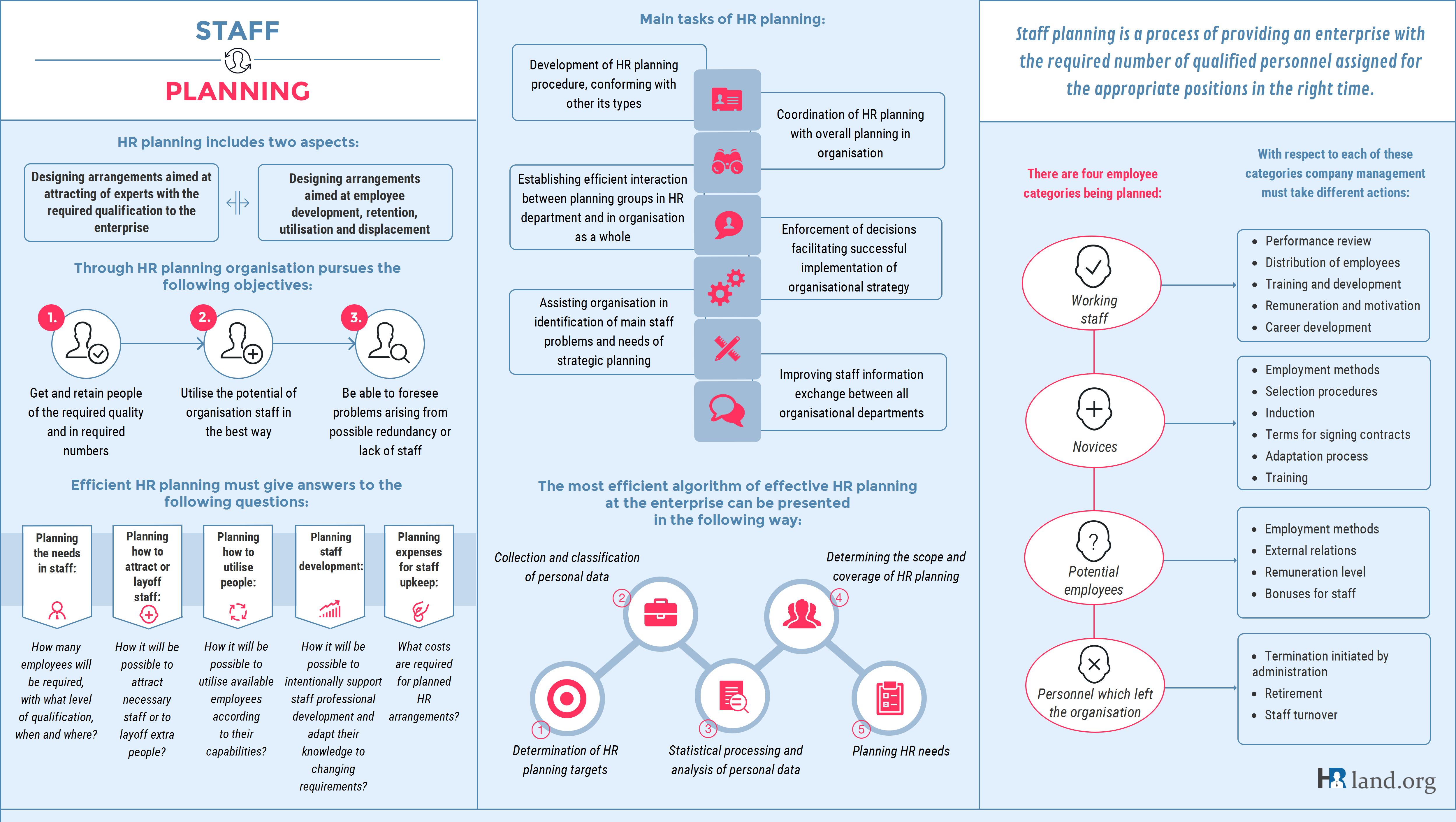One of key objectives of a hockey team coach and of an enterprise head is the right selection of team. Right people at right positions in a right time – this is the picture perfect for any manager.
The team in NHL includes two goalkeepers and 18 fieldsmen: 6 backs and 12 forwards. Forward, when compared to backs, cover larger area, have less opportunities to save their energy and run more distances at high speed requiring shorter changes and longer resting time. One of key tasks of the head coach before the match is to estimate the right playing time and shift timing for each player. One more task of the head coach is to define the composition of players who would participate in a match as shifts for some of them often can be unplanned. Nevertheless such information is not brought to the notice of players as each team member must always feel the maximal level of physical and psychological readiness to take part in a match.
In HR management the issue of team players composition, i.e. enterprise staff composition is strategic. How many employees will be required, with what qualification, when and where? How is it better to attract the required employees? How to efficiently utilise staff according to their abilities, changes and internal motivation? How to ensure the conditions for staff development? What costs are required for the planned arrangements? All these questions are answered through efficient HR planning, which means defining organisation needs in human resources, both in short-(up to one year), medium- (from one to five years) and long-term perspective (more than five years).
HR planning is a process of providing an enterprise with the required number of qualified personnel hired for the appropriate positions in the right time.
The analysis of needs in staff, as well as studying information regarding performance of employees and costs for their upkeep, form the basis for HR planning.


